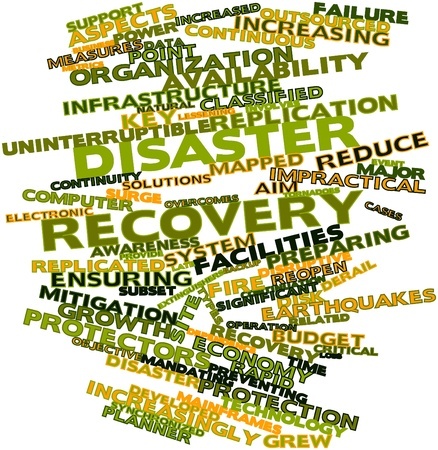
1 Day
 This course is designed for people who want to learn how to write disaster recovery and business continuity plans and for those that want to know how to test them. Each module addresses different areas of focus in preparing for the unexpected.
This course is designed for people who want to learn how to write disaster recovery and business continuity plans and for those that want to know how to test them. Each module addresses different areas of focus in preparing for the unexpected.
The benefit of learning and applying this information is that you can have the assurance that you have done your very best in preparing for an unexpected event. Also addressed in this seminar is how to write and test security incident response plans.
This course is appropriate for QA professionals, test professionals, software developers and managers, security managers and systems support professionals.
The course contains several team-based exercises which focus on having the participants brainstorm solutions for case study examples.
Who Should Attend
-
IT Managers
-
QA Managers
-
Test Managers
-
User Managers
-
Security Managers
-
Security Administrators
-
Internal IT Auditors
-
Business Analysts
-
Software Developers
-
System Support Personnel
-
Test Analysts
-
Testers
Return on Investment
-
Learn the distinctions between disaster recovery and business continuity.
-
Learn how to design disaster recovery and business continuity plans.
-
Learn how to test disaster recovery and business continuity plans.
-
Learn how to assess your risks.
-
Learn how to maintain disaster recovery and business continuity plans.
Program Information
This course is presented on an in-house basis only unless offered as a special public course. Contact us for information about how to bring this course into your organization.
Topics
Module 1 - Planning for the Unexpected (30 mins.)
-
The Objectives
-
A Framework for Contingency Planning
-
Terminology
-
The Disaster Life Cycle
-
How QA and Testing Can Add Value to Contingency Planning
-
Basic Principles
Module 2 - Understanding Risk (1.5 Hrs.)
-
What is Risk?
-
The Nature of Risk
-
The Elements of Risk
-
Why is Risk Assessment Important?
-
A List of 15 Computer System Risks
-
Project Risks and How to Assess Them
-
Technical Risks and How to Assess Them
-
Business Risks and How to Assess Them
-
How to Use the Information from a Risk Assessment
-
Who Performs the Assessment?
-
Who Owns the Assessment?
-
Additional Resources
-
Exercise: A Risk Case Study
Module 3 - Business Continuity Planning (1.5 hrs.)
-
The Key Idea
-
Common Mistakes
-
Main Objectives of BC Planning
-
What's at Risk?
-
How the Picture of Disaster has Changed
-
What's Important for Business Continuity
-
Things Management Needs to Know and Do
-
The Role of QA and Testing in BC Planning
-
How to Test BC Plans
-
Characteristics of a Good BC Plan
-
Elements of the BC Plan
-
The Planning Process
-
Reviewing Service Level Agreements
-
Taking Care of Data
-
Maintenance, Training and Testing
-
Resources
Module 4 - Disaster Recovery Planning (1.5 hrs.)
-
The Key Idea
-
The DR Planning Cycle
-
Risk Assessment
-
Recovery Strategies
-
Writing DR Procedures
-
Training
-
Testing DR Plans
-
Plan Maintenance
-
What's Required for DR Planning?
-
Who Writes the Plan?
-
Who Owns the Plan?
-
Resources
-
Exercise: Case Study in Business Continuity and Disaster Recovery
Module 5 - How to Write a Security Incident Response Plan (1.5 hrs.)
-
What is a Security Incident?
-
The Incident Response Cycle
-
Why is Response Planning Important?
-
The IR Planning Process
-
A Six-phase IR Methodology
-
Components of an IR Plan
-
Tips and Guidelines
-
Resources
-
Exercise: Security Incident Response Case Study
Resources
-
Checklists and Templates
-
Glossary
Deliverables
-
Course notebook with slides, worksheets, checklists, complete examples and supporting text
-
You will have the basic information needed to plan and execute a test of a disaster recovery plan and business continuity plan.

